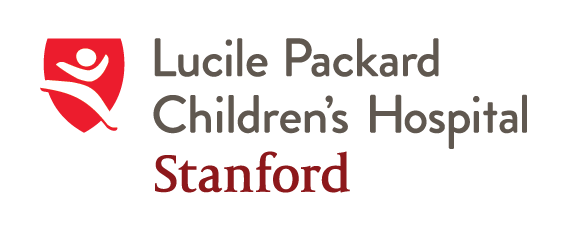A new pain management therapy has been cleared for use in adolescents thanks to a groundbreaking collaboration between the UCSF-Stanford Pediatric Device Consortium (PDC), AtriCure, Inc., and the U.S. Food and Drug Administration (FDA).
On January 4th, AtriCure announced that the FDA cleared its cryo nerve block (cryoNB) devices cryoICE ® and cryoSPHERE™ for post-operative pain management in patients aged 12 and above. The expanded claims were allowed based on real-world evidence (RWE) developed by researchers at the PDC. RWE is an emerging area of regulatory science where evidence derived from real-world data (captured outside of traditional clinical trial settings) is used to evaluate the potential risks and benefits of a device or drug and inform regulatory decision making.
The PDC’s study evaluated safety and effectiveness of AtriCure’s CryoNB devices in adolescent patients undergoing chest wall surgery by leveraging real-world data from electronic health records (EHRs) collected during routine clinical care. After rigorous quality control and analyses, these data showed that the cryoNB devices have an equivalent safety and efficacy profile for pain control for adolescents as they have for adults. Together with the results of a small clinical trial performed at UCSF Benioff Children’s Hospital, the RWE provided a sufficient volume of evidence for FDA review. In particular, the RWE study gave reviewers insight into device performance under real-world conditions in a larger number of patients. This achievement is one of the first instances in which RWE has been used to clear or approve a medical device for a pediatric population.
“We are proud to be pioneering the use of real-world evidence in expanding access to much-needed devices for pediatrics and other small populations,” said Michael Harrison, MD, Professor Emeritus of Surgery, Pediatrics and OB/GYN at UCSF and Clinical Director of the UCSF-Stanford PDC. “Most devices used in children are never formally studied in children. RWE offers a pragmatic and cost-effective way to start changing this situation.”
For rare conditions and diseases, RWE provides a means to amass the safety and effectiveness data needed for FDA labeling without conducting a large and expensive clinical trial, which is often impractical in small populations like children and adolescents. Without such data, manufacturers cannot inform or advise physicians about the use of their products in these populations.
“First and foremost, we’re excited about the opportunity to educate our physician customers about the use of cryoNB in the adolescent population,” said Vini Doraiswamy, Senior Vice President of Clinical, Regulatory, and Scientific Affairs at AtriCure. “The value of the evidence that the PDC brought to the submission was incredible, and in this case demonstrates a best-in-class way for industry to collaborate with research institutions to serve more patients. In the end, our collective goal is to provide the safest and most effective treatments to the broadest range of patients, and this collaboration with the PDC and the resulting labeling is a manifestation of that goal.”
The PDC plans to use the competencies built through this demonstration project to support regulatory submissions for other devices with the potential to benefit children, and in so doing, provide reproducible templates for other stakeholders to follow. “It is clear that real-world evidence will play a growing role in FDA applications, particularly in cases of protected populations and where randomized clinical trials are not feasible. How we go from raw data to substantiative evidence is still an evolving question. We believe our implementation is an encouraging path forward,” said Benjamin Glicksberg, PhD, Assistant Professor at the Ichan School of Medicine at Mount Sinai and one of the study investigators.
**
The UCSF-Stanford PDC is funded by the FDA's Office of Orphan Products Development to help pediatric device innovators accelerate high-value, high-impact solutions towards commercialization and clinical use. Learn more at https://www.pediatricdeviceconsortium.org/




